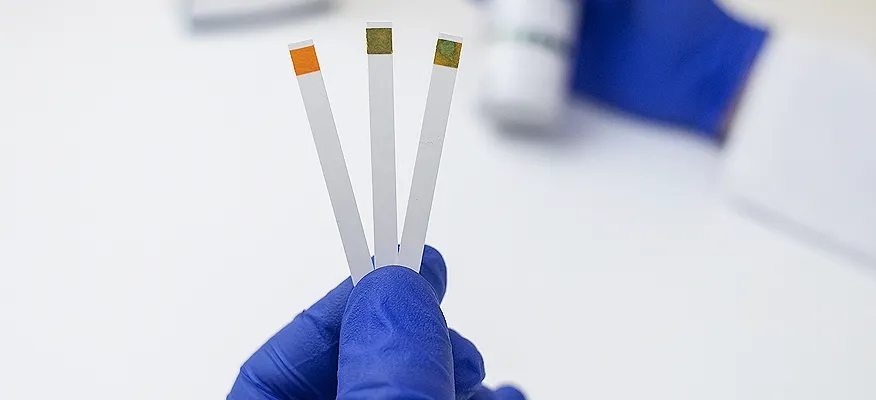The Importance of Maintaining the Right Vaginal pH Balance
- Por Dr. Kirilyuk Inna Anatolyivna
- 12 Feb 2025
- Verificado por Dr. Jatin Bhide

Resumen
- A healthy vaginal pH is slightly acidic, between 3.8 and 4.5.
- Imbalances in vaginal pH can lead to common issues like infections or discomfort.
- Factors like sex, periods, and certain products can disrupt your pH.
- With a few simple lifestyle changes, you can help keep your pH balanced and prevent issues.
Califica nuestro articulo
Nos encantaria saberlo!
- 0
- 0
- 0
- 0
- Lin, Y. P., Chen, W. C., Cheng, C. M., & Shen, C. J. (2021). Vaginal pH Value for Clinical Diagnosis and Treatment of Common Vaginitis. Diagnostics (Basel, Switzerland), 11(11), 1996.
- Lykke, M. R., Becher, N., Haahr, T., Boedtkjer, E., Jensen, J. S., & Uldbjerg, N. (2021). Vaginal, Cervical and Uterine pH in Women with Normal and Abnormal Vaginal Microbiota. Pathogens (Basel, Switzerland), 10(2), 90.
Preguntas frecuentes
Obtenga la información que necesita.
A variety of factors can disrupt your vaginal pH, including sexual intercourse, periods, douching, and the use of antibiotics or hormonal contraceptives.
If your pH becomes too alkaline, it can lead to issues like bacterial vaginosis or yeast infections, causing itching, discharge, and unpleasant odors.
You can purchase pH test strips over the counter and test your vaginal pH at home. If you get a reading outside the normal range, consult your doctor.
You can maintain a healthy vaginal pH by eating probiotic-rich foods, staying hydrated, practicing good hygiene, and wearing breathable fabrics.
Yes, douching can disrupt the balance of bacteria in your vagina, leading to pH imbalances and potential infections.
¿Cómo fue la experiencia con el artículo?
Nos encantaria saberlo!